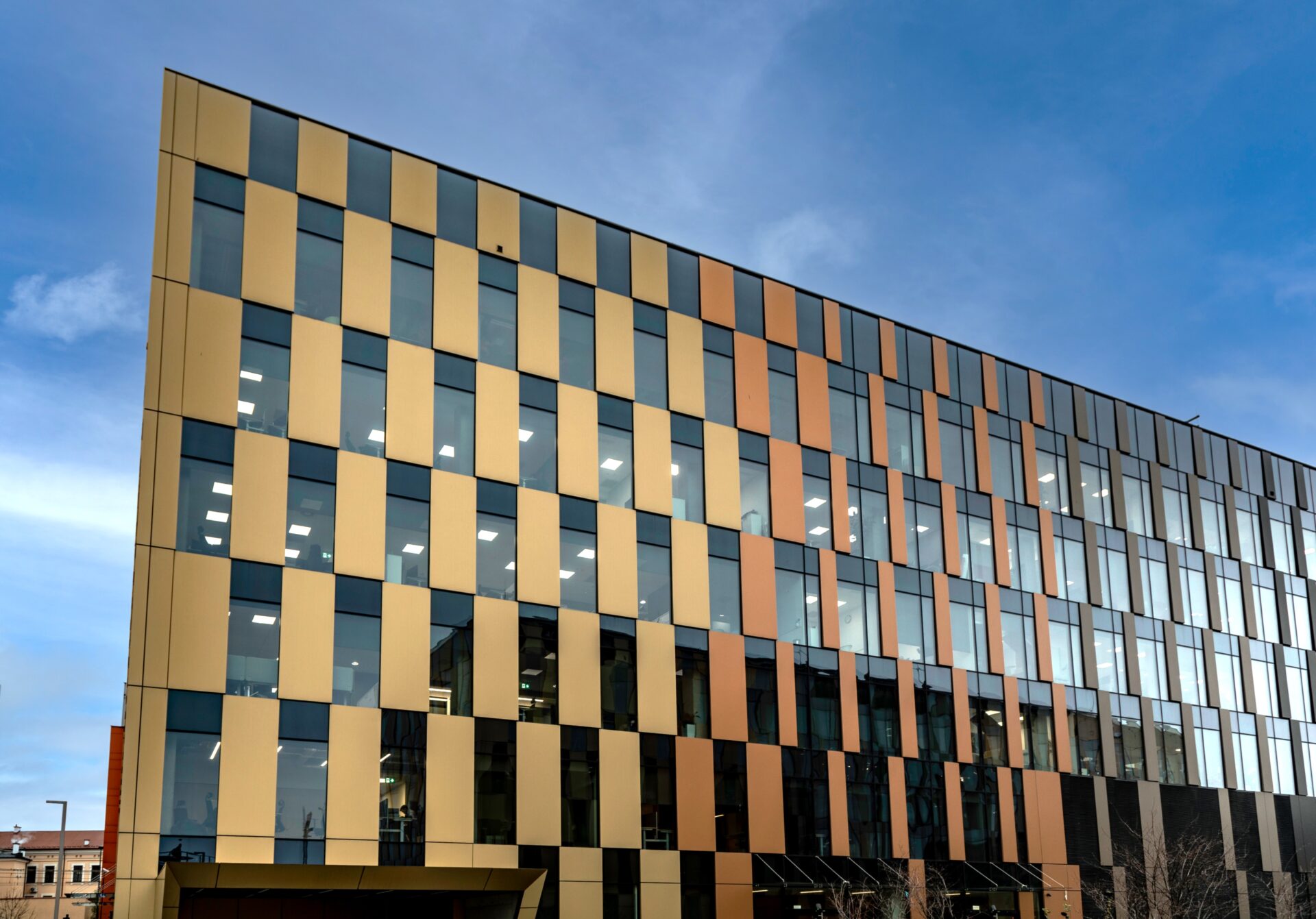The Polish commercial property investment market is likely to bounce back in 2024. Investment financing costs are lower following a period of easing inflation and stable interest rates in recent months. The market is expecting a recovery, reveals “Investing in Poland 2024”, a report from BNP Paribas Real Estate Poland.
A rebound is on the cards
Investors sat on the sidelines last year, largely due to high financing costs and geopolitical instability. The war in Ukraine and geopolitical challenges in other regions of the world were a drag on investment and transactional activity. In addition, there were frequent pricing mismatches between vendors and buyers. This year, however, is expected to see a rebound.
The Polish economy started 2024 in a better position than forecast. With inflation falling, the National Bank of Poland, though more cautiously than the ECB, has indicated the possibility of interest rate cuts. Poland’s GDP is forecast to grow significantly. According to BNP Paribas Analytics Team, the Polish economy will expand by 4.0 percent in 2024 and 3.5 percent in the following year. Interest rates in the eurozone are expected to be cut gradually in the second half of 2024, which is likely to boost investor appetite for commercial real estate.
“The starting point is to understand that the era of ultra-low interest rates is over and that despite anticipated change in trends, investors will need to adapt to the current environment. This will pose a challenge for most European markets. In Poland, where the letting market remains stable and relatively little repricing has taken place in comparison with other European countries, most investors and the banking system are unlikely to experience difficulties with refinancing commercial real estate loans. Countries facing the biggest challenges in this respect include Germany, the Nordics and France. In this area, Poland seems to be sailing on relatively calm waters,” says Erik Drukker, CEO of BNP Paribas Real Estate Poland.
Investment market in Poland
The commercial property market in Poland is changing. It is subject to changes resulting not only from economic cycles but also increased use of hybrid work, the evolution of ESG requirements and technological advances including AI. Rising energy and labour costs as well as general inflationary pressure have heavily impacted the operational costs of many facilities, pushing up margins for owners and tenants. This may provide a stimulus to adopt more widespread employment of new technologies for optimizing service charges, including energy consumption.
Given the pace and scale of commercial real estate asset repricing in late 2022 and early 2023, the expectation is for a gradual improvement, notes BNP Paribas Real Estate Poland. However, the gap between buyers’ and sellers’ expectations remains wide, which was reflected in last year’s office investment volume which accounted for just 21 percent of the total compared to the 2020-2022 average of nearly 35 percent. In contrast with previous years, there was no prime office transaction as investment activity was dominated by acquisitions of older stock.
Poland has been a leader in economic growth for several years, which is a strong advantage in the eyes of international entrepreneurs. It boasts a stable political and economic situation and a predictable regulatory environment, say experts of BNP Paribas Real Estate Poland. Most importantly, Poland has one of the largest labour markets in Europe and a high-quality skilled workforce, particularly in such sectors as production and services. Significant infrastructure improvements are also conducive to investing in Poland.
How is the commercial real estate sector performing in Poland?
- The office market in Warsaw – 2024 is shaping up to be another year of a significantly lower new supply level. At the end of last year, Warsaw’s total office stock was 6.2 million sqm, of which just 61,000 sqm came on stream in 2023 – this represented the lowest result for new supply in the last five years. Office availability in Warsaw continues to shrink, especially in central locations. Despite a recent uptick in development activity, new supply fails to keep pace with demand. This is attributed to supply constraints and relatively strong leasing activity in 2023 as well as the maturity of the Warsaw market, on which older office buildings are being gradually put out of use or refurbished.
- Office market in regional cities – Of all asset classes, regional offices – once one of the strongest market drivers – proved least resilient to rapidly softening yields. In 2023, only 18 office buildings changed hands as the total investment volume was almost €430 million, representing more than a fivefold decrease year-on-year. Approximately 367,000 sqm of new office space is scheduled for completion in regional cities in 2024-2026 compared to just 238,000 sqm in Warsaw. 2023’s total gross take-up reached more than 750,000 sqm, up by nearly 19 percent from 2022. Occupier activity in 2024 will depend on the overall macroeconomic situation and corporate expansion plans. In addition, many companies are expected to focus on ensuring ESG compliance.
- Retail market – In 2023, the Polish retail market saw robust development activity. Although it is highly saturated, its total retail stock expanded by almost 440,000 sqm delivered through both new projects and redevelopments. 2023’s retail investment volume exceeded €430 million. The outlook for 2024 remains positive, with new supply expected to match or even surpass last year’s volume. Over 74 percent of all retail investment transactions in Poland were for assets under €20 million, an indication of investors’ focus on smaller retail formats in regional cities. Recent years have been dominated by retail park openings which accounted for over 80 percent of last year’s new retail supply. This trend is expected to continue throughout 2024.
- Industrial and logistics market – In 2023, transactional activity was dominated by industrial and logistics real estate assets, with this sector’s investment volume amounting to almost €966 million, constituting around 46 percent of last year’s total commercial property transactions. The Polish industrial and logistics leasing market experienced a slowdown in 2023, but there are signs it will be back on a growth path in 2024. At the end of December 2023, gross warehouse take-up reached 5.6 million sqm, a decrease of 15 percent year-on-year. The decline in leasing activity is attributed to a high base effect as 2021-2022 were the peak years for demand for industrial and logistics space. In contrast, the last quarter of 2023 alone saw 1.9 million sqm transacted. As regards new completions, nearly 0.58 million sqm of warehouse space came on stream in the fourth quarter of 2023, bringing last year’s total supply to more than 3.7 million sqm.







